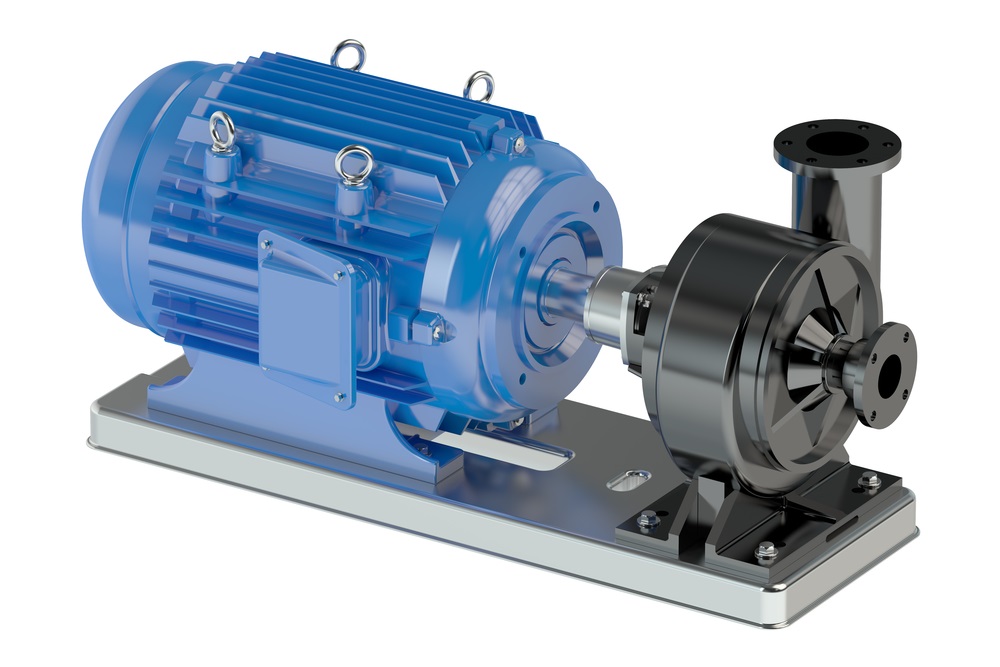Dry Vane Vacuum pumps work in accordance with the rotary vane technology. The key highlight of these dry vane vaccum pumps is that it doesn’t require the operating fluid as the rotary vanes are self-lubricating. The completely dry process leads to the compression. Moreover, you have a guarantee of a high vacuum level in a consistent manner in the continuous operation. This is through the graphite vanes which are in the compression chamber and the coordinated materials, heat discharge termed as ‘effective’ and the precise manufacturing which is state-of-art.
Air is prevented from going back to the vacuum chamber due to the non-return valve, optional. In fact, an integrated motor of high efficiency helps in the proper driving of the unit. The compressor version works completely oil-free with heat removal is then done by a powerful cooling fan.
Difference Between Dry Pumps and Wet Pumps:
To make an apt choice in accordance with your requirement, it is again important for you to have some basic information on the difference between the dry pumps and the wet pumps, as discussed below:
1. Compressibility:
You must remember that the main difference between the wet and the dry pumps is that gas in the dry pumps can be compressed while fluid cannot. This means when a wet pump, also known as the hydraulic pump moves a specific amount of fluid on one end, there is a corresponding and immediate movement of a specific distance on the other end of the system. However, this is not so in the dry pumps, also known as the pneumatic pumps. Although, the movement does happen in the dry pump but is not as precise and not immediate, and therefore there is a little delay.
The pneumatic pump not being as precise tends to work in the positive most of the times. In these pumps, the level of delicacy required for moving a heavy load gently can be achieved by the pneumatic pump.
2. Elasticity:
Hydraulic fluid is considered as ‘non-elastic’ and thus thinning this out or compressing it does not bring it ‘snapping’ back to any standard pressure. However, in the pneumatic pumps, there is air which is ‘elastic’, and this elasticity enables the pneumatic pump to successfully respond to the different changes in a specific load.
3. The rate of Flow:
Pneumatic pumps are considered quicker as compared to the hydraulic pumps as gas can flow quicker than the fluid in the same amount of given space. These ‘dry’ umps can move huge amounts of air in the similar span as compared to the ‘wet’ pumps. These are beneficial as these dry pumps move things quickly and in a dynamic manner.
Reasons for Considering A Dry Pump:
1. As compared to the oil-sealed vacuum pumps, interestingly dry pumps work out a reasonable choice where the cost is concerned. This is due to the life-cycle costs being superior, and moreover, these costs are not only considered while buying it but the operation costs are also taken into consideration.
2. These dry pumps also require a gearbox oil change annually which is not so with the oil-based pumps, as it requires an oil change periodically and of a larger volume. Besides this, as oil pumps have touching parts and are cooled, lubricated with the pumping oil need a frequent overhaul. These oil pumps require maintenance according to the usage of the material. Frequent maintenance is required when these pumps are exposed to dust, acid or even water. Obviously, the life-cycle costs of the oil vacuum pumps are much higher than the dry pumps.
Considering the different benefits offered by these dry vacuum pumps, thus it is advisable to switch over to the dry vane vacuum pump. Before making a choice of a manufacturer of these pumps, look into the reputation as this can make a difference to the quality of the dry pumps offered. You can look forward to less vibration and noise and elimination of oil exhaust emissions with the dry pumps.



